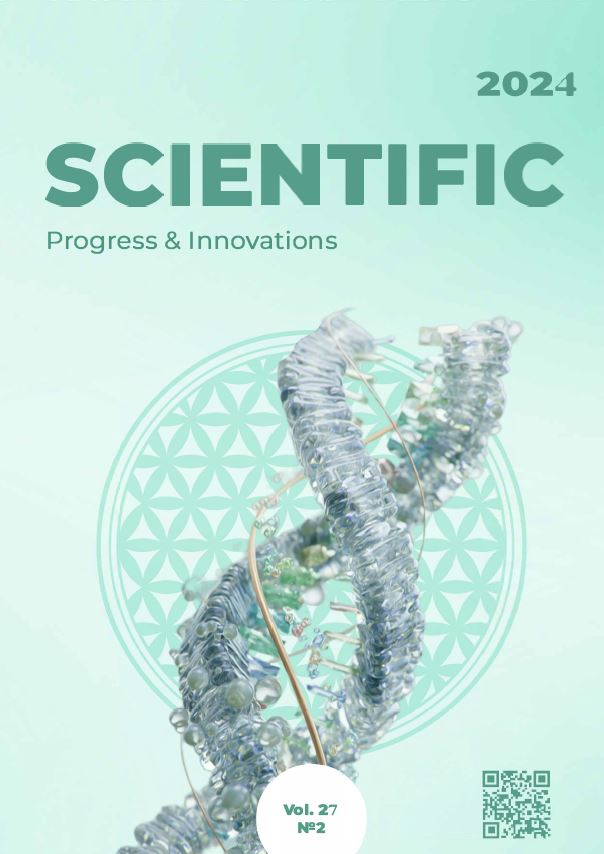Features of forensic veterinary examination in cases of hypothermia and frostbite in dogs and cats
DOI:
https://doi.org/10.31210/spi2024.27.02.24Keywords:
forensic veterinary examination, dogs, cats, hypothermia, frostbiteAbstract
This paper presents theoretical information on the peculiarities of forensic veterinary examination of death and damage to dogs and cats due to hypothermia and frostbite. In the practice of veterinarians, there are cases of hypothermia in dogs and cats, especially in hairless breeds. Cases of frostbite in dogs are rare. Unlike dogs, cats have a lower sensitivity to low temperatures due to the small number of thermal receptors on their skin. Information is provided on the effects of low temperatures on the body of dogs and cats. The main causes of hypothermia and frostbite, as well as the factors that contribute to the development of the above lesions are given. The mechanism of action of cold on the body, clinical signs in dogs and cats with hypothermia and frostbite are considered. The main mechanisms of death of animals due to hypothermia are presented. The main pathological and anatomical signs that are detected in the death of animals due to hypothermia, namely, superficial or deep freezing of the tissues of the corpse, up to complete freezing, the presence of frost or icicles around the nasal openings, frozen “tears”, hemorrhages on the gastric mucosa and in the renal pelvis, retraction of the testes in males into the inguinal canal, venous hyperemia of the brain and its membranes, lungs, folding of the gastric mucosa, hemorrhages in the renal pelvis, proliferative and dystrophic changes in the renal tubular epithelium, etc. The author also indicates a set of postmortem changes that appear in the tissues of a corpse as a result of its freezing and subsequent thawing before pathological and anatomical examination, namely, the acquisition of a diffuse reddish color by the tissues, possible delamination of the joints of the skull bones, the characteristic appearance of cadaveric spots, etc. The degrees of frostbite, types, possible prognosis, as well as the actions of a forensic veterinary expert in the examination of an animal corpse and their features are separately considered. The features and actions of a forensic veterinary expert during a possible inspection of the scene in such cases are given. The key issues that a forensic veterinarian must address when performing forensic examinations in cases of hypothermia and frostbite in dogs and cats are listed.

 Creative Commons Attribution 4.0 International Licens
Creative Commons Attribution 4.0 International Licens